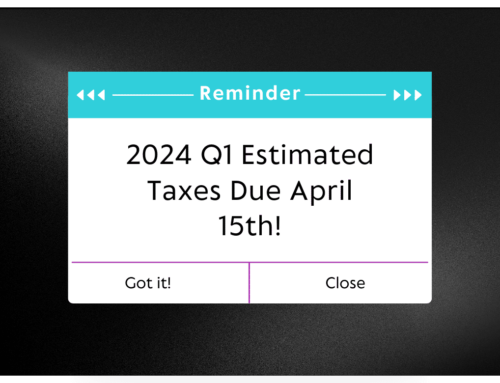Hey everyone, I’m Bette Hochberger, CPA, CGMA, and today I will explain the meaning behind Web3 and Blockchain technology. So, what is Web3? Web3 refers to the third evolution of web technologies and surrounds the decentralized applications that run on a blockchain, including NFTs (non-fungible tokens) and cryptocurrencies. Web3 can come in multiple forms, such as a browser, an app, or an app attached to a regular browser such as Chrome.
Some key features of a Web3 browser include:
- Greater control over webpages because of decentralization
- Faster browser
- User privacy with higher security
- full integration of blockchain products such as crypto wallets
- A more accurate search due to tagging
Now let’s go ahead and talk a little about Blockchain Technology. Blockchain technology is the backbone of Web3. It’s a shared, immutable ledger that facilitates the process of recording transactions and tracking assets in a business network. An asset can be either tangible (real) or intangible (unreal). For example, a tangible asset could be a car, house, cash, or land. An intangible asset could be intellectual property, patents, or branding. Virtually anything of value can be tracked and traded on a blockchain network, reducing risk and cutting costs for all involved.
Blockchain is vital for Web3 because businesses run on information; the faster it’s received, the more accurate it is. Blockchain is ideal for delivering that information because it provides immediate, shared, and utterly transparent information stored on an immutable ledger that can be accessed only by permission network members. Some benefits of blockchain technology include greater trust, security, and efficiency.
A few critical elements of a blockchain include:
- Unchangeable records. No participant can change a transaction after it’s been recorded in the shared ledger. If a transaction record includes an error, a new transaction must be added to reverse the mistake, and both transactions are then visible.
- Distributed ledger technology. All network participants have access to the distributed ledger and its immutable record of transactions. This shared ledger records transactions only once, eliminating the duplication of effort typical of traditional business networks.
- Smart contracts. A set of rules is stored on the blockchain to speed up transactions and execute them automatically. For example, a smart contract can define conditions for corporate bond transfers, include terms for paying travel insurance, and much more.
So much of the above content was discussed at the recent Web3 event in Miami. Jordan, Alex, Kaylee, and I had so much fun listening to the multitude of speakers and enjoyed the exquisite food and drinks. My favorite speaker was from the crypto tax software company called Taxbit, where the speaker discussed the potential new requirements that will be enforced toward crypto trading platforms. They will soon be required to give their users 1099-B forms, which will make my job a lot easier and hopefully yours, too, when tracking your crypto. Look below for some fun photos from the event.
Thanks for sticking around. I hope you learned something new today. As always, stay safe, and we will see you next time!







